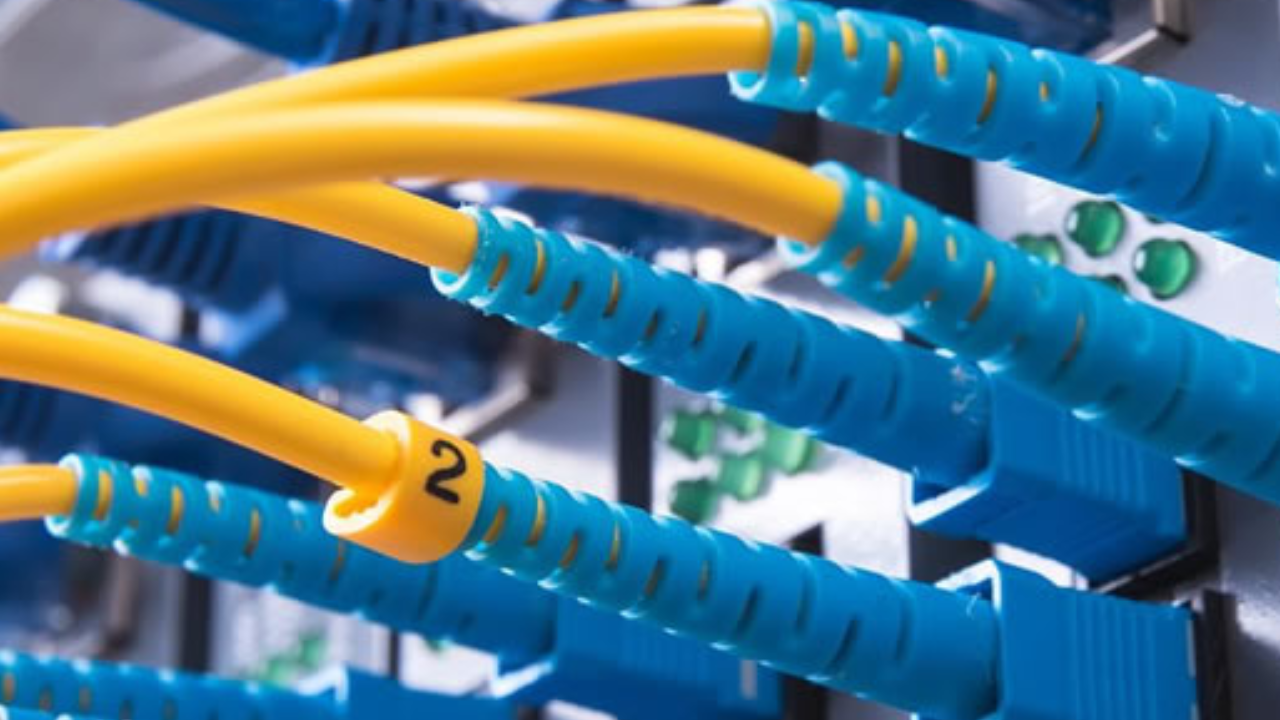Indoor fiber optic cables are a vital component of modern communication networks, enabling high-speed data transmission and reliable connectivity within buildings and enclosed spaces. Whether you’re a tech enthusiast, IT professional, or simply curious about fiber optics, you need to have a bit of an idea about these cables.
This article provides an easy-to-read and comprehensive guide to the best fiber optic supplier for indoor fiber optic cables. We’ll cover their benefits, types, installation, and essential considerations, so you can gain a better understanding of how these cables work and why they are crucial in today’s digital age.
An Introduction to Indoor fiber optic cables
Indoor fiber optic cables are a type of fiber optic cable specifically designed for use inside buildings or enclosed spaces. These cables are responsible for transmitting high-speed data and communication signals over optical fibers made of glass or plastic. Unlike traditional copper cables, indoor Cables made of fiber optics use light signals to carry data and provide faster
Indoor Cables made of fiber optics come in various types, each serving specific applications and requirements. Some common types include simplex cables, duplex cables, distribution cables, breakout cables, and ribbon cables. Each type differs in the number of fiber strands and their configuration.
Types of Indoor Fiber Optic Cables
Simplex Cable
Simplex cables consist of a single fiber strand, making them suitable for applications that require unidirectional data transmission. They are commonly used in scenarios like point-to-point links or connections to sensors, where data flows in only one direction. For example, in security systems or industrial applications.
Duplex Cable
Duplex cables are composed of two fiber strands within the same cable jacket. These cables facilitate bidirectional data transmission, allowing data to flow in both directions simultaneously. They are commonly used in local area networks (LANs) and telecommunication systems where data exchange between two points is required.
Distribution Cable
Distribution cables consist of multiple tight-buffered fibers bundled together in a single jacket. They are ideal for short-distance indoor installations, especially in data centers and telecommunication facilities. The multiple fibers within the distribution cable allow for easy termination and efficient organization of networking equipment.
Breakout Cable
Breakout cables are designed with multiple tight-buffered fibers, each individually reinforced and enclosed in its jacket. This construction enhances the cable’s durability, making it suitable for rugged environments or situations that require frequent cable terminations. Breakout cables are commonly used in data centers and industrial settings.
Benefits of Indoor Fiber Optic Cables
High-Speed Data Transmission
Indoor fiber optic cables use light signals to transmit data, enabling much higher speeds compared to traditional copper cables. They support data rates ranging from 1 Gigabit per second to multiple Terabits per second, ensuring seamless communication and efficient data exchange.
Resistance to Electromagnetic Interference
Unlike copper cables, indoor fiber optic cables are not affected by them and are appropriate for settings with significant electrical noise or electromagnetic interference. Radio frequency (RF) interference. This immunity ensures consistent data transmission without signal degradation or interruptions.
Long-Distance Reach
Indoor Data can be transmitted via fiber optic lines. Considerable distances where there is no signal loss. They are capable of reaching several kilometers without the need for signal repeaters, making them appropriate for large buildings and enterprise networks.
Secure Data Transmission
Fiber optic cables do not radiate electromagnetic signals, reducing their susceptible to eavesdropping and hacking attempts. This inherent security feature ensures confidential data remains protected during transmission.
Final Remarks
Indoor fiber optic cables are the backbone of modern communication networks, offering high-speed data transmission, immunity to electromagnetic interference, and secure data exchange. As technology continues to advance, indoor fiber optic cables will remain a fundamental element in ensuring efficient and seamless communication within buildings and enclosed spaces.

